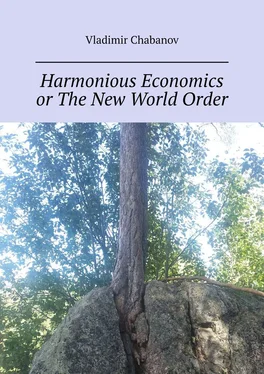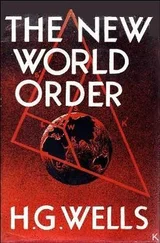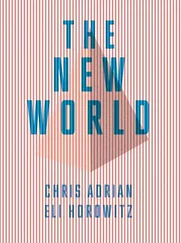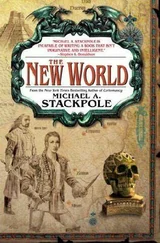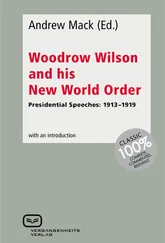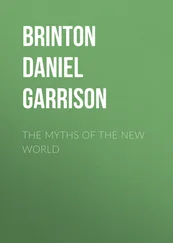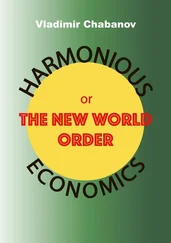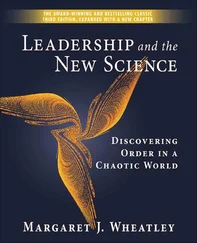Labour cooperation converts labour quantity into higher quality thanks to “ the creation of a new power, namely, the collective power of masses ’ (K. Marx [40]). Cooperation is followed by joining of the results of differentiated labour; as the result, labour productivity increases faster than aggregate labour consumption. It is this correlation that allows resolving global issues: developing science, education, culture, building defence from enemies, constructing canals, dams, roads, and other structures that serve a public purpose, and bring collective benefit.
Rational combination of labour differentiation and cooperation shapes all economic structures. For instance, workers unite to make a team, teams form workshops, which are parts of companies, enterprises, plants, and economic sectors.
On the other hand, the state is a cooperation of its regions, a region is a cooperation of districts, areas, etc. Thus, labour differentiation and cooperation can apply both within production framework, and depending on the territory; they function both in space and time.
In literature on economics this structure is called “organisation hierarchical tree’.Figure 2 shows such tree for a random plant. However, this structure is applicable to other types of organisations as well, including the state. In each case it is determined by a series if objective and subjective factors, by the production and organisation type, its level of development, management, production and human relations, type of property, etc.
At the same time, as it is easy to see, each link, each cell of production has both labour differentiation and labour cooperation. For instance, if we analyse the organisation tree from Figure 2, from top to bottom, we will notice the division of all structures into a number of cells. But when you move from bottom to top, then all the cells combine in cooperation to create a bigger structure. Thus, labour differentiation and labour cooperation are interdependent instruments of organisation. Labour differentiation pattern determines the reasonable level of labour cooperation. And vice versa, cooperation allows to deepen labour differentiation processes. When a worker does not have to do everything in life himself, he can specialize in his profession even more. At the same time, he would be more interested in cooperating with other workers and units.
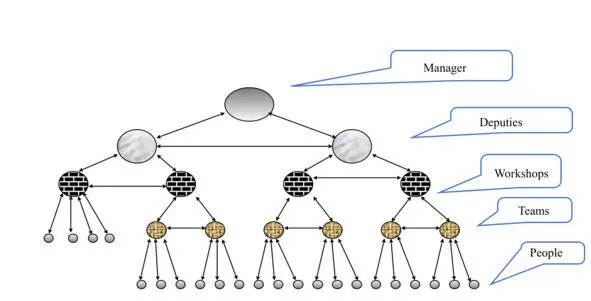
Fig. 2. Modern enterprise “organisation tree’
This is why labour differentiation contributes to a more intense labour cooperation within professional or territorial unions. Moreover, without cooperation with other structures labour differentiation is not efficient and cannot be allowed. A metallurgist will only work well when a farmer provides him with food to eat. The same level of interdependence is observable with all other professions.
On the other hand, the impact of the above-mentioned factors on people is not uniform. Labour differentiation makes workers more egoistic, and limits their circle of interests to personal problems. Cooperation, on the contrary, makes people part of a bigger entity, more important than a single person. This elevates the man, enlarges his scope of interests including other people in it, helps understand his place in the hierarchy of the community, the society, and the entire Universe. Thus, the man becomes wiser and more far-seeing. The combination of the factors mentioned generates the variety of human characters, promotes a dialectic unity of the humanity, and integrates people within each other, within their communities and the World.
This means that no labour differentiation is possible without cooperation, just as no cooperation is feasible unless the components of the whole are divided. Every unit is created through labour differentiation of a bigger entity, and all divided labour is reunited in a bigger structure. And this does not depend on property form, on fashion, on organisation name, or nature of its activities.
Конец ознакомительного фрагмента.
Текст предоставлен ООО «ЛитРес».
Прочитайте эту книгу целиком, на ЛитРес.
Безопасно оплатить книгу можно банковской картой Visa, MasterCard, Maestro, со счета мобильного телефона, с платежного терминала, в салоне МТС или Связной, через PayPal, WebMoney, Яндекс.Деньги, QIWI Кошелек, бонусными картами или другим удобным Вам способом.
[ Translator’s note: This English-language translation of the monograph is based on the Russian-language manuscript provided by the author; it may, therefore, contain a number of slight differences from the published Russian version of the book.]
[ Translator’s Note: Unless stated otherwise, all quotations from English-language original sources and English translations of foreign-language sources referenced in the bibliography are cited from the respective originals/ translations. All other quotations, unless stated otherwise, have been translated into English for the present edition. All biblical quotations are cited from the Authorized King James Version of the Bible.]
Cit. ex T. Carlyle, The Present Time (Cambridge University Press, 2013), 24.
[ Translator’s note: Translated by me.]
Cit. ex J. Pine and P. Donahue, Money and Wealth: A Book of Quotations (Courier Corporation, 2013), 15.
Cit. ex G. B. Shaw, George Bernard Shaw: Collected Articles, Lectures, Essays and Letters (e-artnow, 2015).
Cit. ex A. Smith, The Wealth of Nations: Books I – III (Penguin Classics, 1987), Book I, Chapter IX.
Cit. ex L. McFadden, An Astounding Exposure. Congressman McFadden on the Federal Reserve Corporation. Remarks in Congress, 1934.
Cit. ex Matthew 6:24.
Cit. ex M. Kline, Mathematics and the Search for Knowledge (Oxford University Press, USA, 1985), 181.
Cit. ex F. Bacon, Essays, civil and moral (The Harvard Classics, 1909—14).
Cit. ex E. C. Stedman, ed., A Victorian Anthology , 1837—1895 (Cambridge: Riverside Press, 1895).
Cit. ex H. de Balzac, Gobseck (Clap Publishing, LLC., 2017), 14.
[ Translator’s note: Translated by me.]
[ Translator’s note: In the original, Maori ad minus , incorrect.]
[ Translator’s note: Translated by me.]
Cit. ex Gh. Aurobindo, Sri Aurobindo: The Hour of God: Selections from His Writings (Sahitya Akademi, 1995), 10.
Cit. ex S, Mukundananda, Bhagavad Gita: The Song of God (Jagadguru Kripaluji Yog, 2013).
Читать дальше
